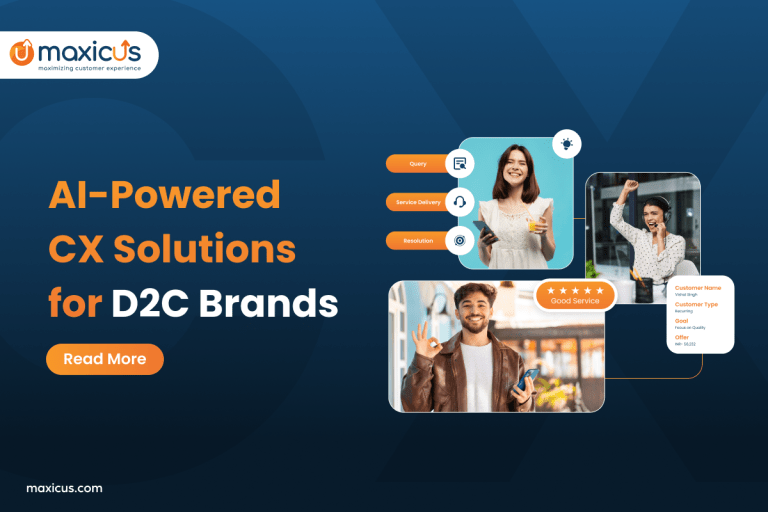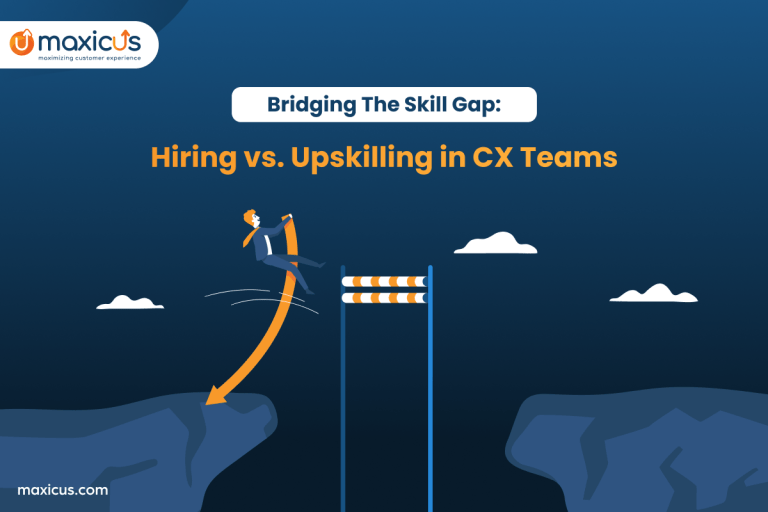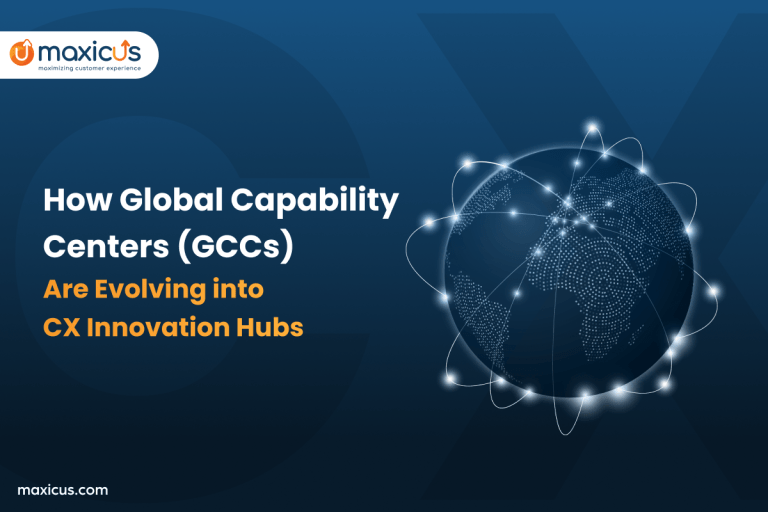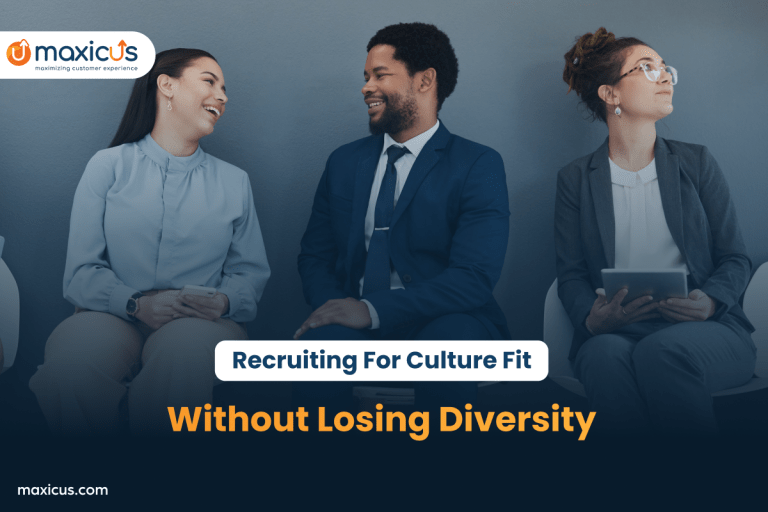Understanding Customer Lifecycle Management: A Key to Long-Term Business Success with Maxicus
In today’s competitive business landscape, sustaining growth and ensuring long-term success is more challenging than ever. Companies must adapt to ever-evolving market demands and customer expectations while managing costs and optimizing their operations. One of the most effective strategies to navigate these challenges is through robust Customer Lifecycle Management (CLM). At Maxicus, we understand that mastering CLM is crucial for achieving sustainable business success. This blog delves into what CLM entails, why it is essential, and how Maxicus can help you leverage it to drive your business forward.
The Phases of Customer Lifecycle Management
There are some points in the phase of customer lifecycle management ;
Acquisition
The acquisition phase is focused on converting potential customers into actual ones. This stage involves identifying and understanding the needs and preferences of potential clients to effectively address their requirements. By providing solutions that align with their expectations, businesses can increase the likelihood of conversion. A thoughtful approach during this phase lays the foundation for a successful customer relationship.
Onboarding
Once a customer is acquired, the onboarding phase begins. This stage is critical as it sets the tone for the customer’s initial experience with the company. Effective onboarding includes sending welcome emails, providing user guides and tutorials, and offering active customer support. Personalized onboarding experiences help customers feel valued and reduce the risk of early cancellations. Addressing customer needs promptly and providing relevant information ensures a smooth transition into using the company’s products or services.
Engagement
Engagement is about maintaining and nurturing the relationship with customers throughout their journey. This phase involves consistent communication through newsletters, targeted offers, and active social media interactions. Engaging customers effectively keeps them interested and invested in the brand. Multi-channel contact solutions allow businesses to reach customers through their preferred communication channels, enhancing their overall experience and fostering deeper connections with the brand.
Retention
Retention focuses on keeping customers loyal and encouraging them to continue using the brand’s products or services. This involves addressing customer concerns, meeting their needs through exceptional customer service, and offering rewards for their loyalty. Effective retention strategies help build long-term relationships and reduce customer churn. By delivering consistent value and support, businesses can maintain a positive relationship with their customers, leading to sustained revenue and growth.
Loyalty
The final stage of CLM is loyalty, where customers become advocates for the brand. Loyal customers not only make repeat purchases but also recommend the brand to others. Building customer loyalty involves implementing programs such as loyalty rewards, referral bonuses, and exclusive offers. These strategies incentivize customers to stay committed to the brand and promote it within their networks. Loyal customers are valuable assets as they contribute to organic growth through positive word-of-mouth and referrals.
What is CRM cycle
The CRM cycle is a strategic Customer Relationship Management model. The CRM cycle thus refers to a cycle that outlines the various stages of communication or interaction with customers, from initial communication to post-purchase communication. Every phase of the cycle is vital to developing and sustaining a customer community that is both strict and lucrative. This cycle is meant to ensure proper management of customer relations, improve customer satisfaction levels, and ultimately spur business growth. The CRM cycle may include the following significant steps: Marketing, Lead Generation, Lead Nurturing, Sales, Customer Support and Service, Customer Retention, Customer Loyalty, and Advocacy
The Role of MAXICUS in Enhancing CLM
The customer support, business process outsourcing, and professional MAXICUS assumes a particularly significant role regarding every phase of the customer lifecycle management.
Data-Driven Insights
Customer lifecycle management is all about comprehending customer systems and tendencies. MAXICUS uses a sophisticated analytical approach to collect and report customer information to help businesses make informed decisions. These are useful in developing effective marketing strategies, developing a targeted approach for customer engagement, and forecasting trends that enhance the decision-making process and business planning.
Omnichannel Support
The world today is highly connected, and any customer who engages with your business wants a smooth interaction across various touchpoints. MAXICUS offers multichannel customer care, which means that the customers of this company receive high-quality services. This integrated approach helps to improve the quality of the offered services and gain the clients’ trust.
Technology Integration
The use of modern technology in Customer lifecycle management operations leads to better results in the organization. MAXICUS includes advanced technologies like AI-powered chatbots, CRM solutions, customer lifecycle management software and process automation in customer life cycle management. They enhance efficiency, simplify processes, cut the time it takes to respond, and offer a tailored approach to the customer.
Benefits of Effective Customer Lifecycle Management
Implementing a robust Customer lifecycle management strategy with the help of Maxicus offers numerous benefits, including:
Increased Customer Retention
Customer satisfaction and loyalty play a major role in the market and its retention, and companies that prioritize those aspects will have higher retention rates. Customer loyalty is always good for business because the customers that you gather from inside will always contribute more to your bottom line as you continue to serve them than the ones you have to go out to find in the market.
Enhanced Customer Experience
Managing a customer lifecycle management enables a customer to have a good experience of the quality services they are offered through all the relevant contact points. This means customers are more satisfied and, thus, more loyal to the brand being marketed through this strategy.
Higher Revenue
Loyal customers are always ready and willing to spend more to get the company’s products and are likely to make repeat purchases. It is noteworthy that a strong customer lifecycle management strategy can be really productive and drive up sales and, therefore, overall revenues.
Better Brand Reputation
Customer satisfaction positively affects customer advocacy, and that is associated with positive word-of-mouth and other positive online comments. Brand equity puts the brand in a favorable light and creates an inflow of new clients and customer loyalty.
Efficient Resource Utilization
The effectiveness of customer lifecycle management depends a lot not only on the company’s capabilities but also on the ability of the company’s management to optimize existing processes, avoiding waste of resources and excessive expenses.
Conclusion
The modern business environment is highly competitive, and it is crucial to implement and maintain the customer lifecycle as a key strategic factor for business event success. Thus, by merging with Maxicus, companies can develop more efficient customer lifecycle management approaches, leveraging data, multichannel support, anticipatory action, availability, and IT incorporation. With awareness of the strategic segments of acquisition, onboarding, engagement, retention, and loyalty, organizations can better manage relationships with customers and thus achieve higher levels of satisfaction, loyalty, and overall business success. The adoption of customer lifecycle management with Maxicus is not simply a tactic but an acknowledgment of change, evolution, and progression.










